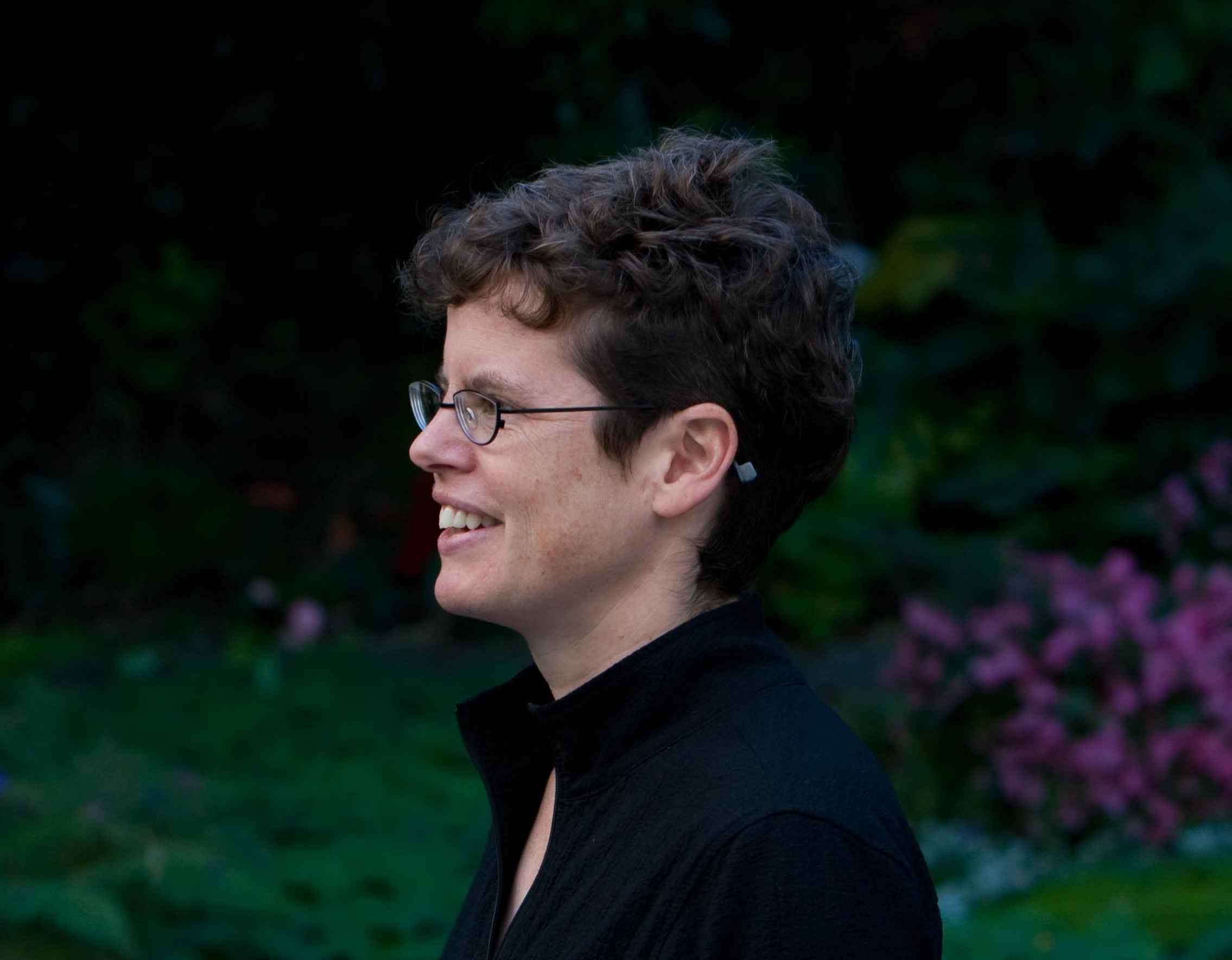 (What does a barbie have to do with math?)
(What does a barbie have to do with math?)

OFFICE ADDRESS: Room 210, Biodiversity Research Center (map) 2212 Main Mall MAILING ADDRESS & CONTACT INFO: Department of Zoology 6270 University Blvd. University of British Columbia Vancouver BC V6T 1Z4 Canada FAX: (604) 822-2416 Phone: (604) 822-2778 Email: otto at zoology.ubc.ca
The motivating aim of my research is to understand how evolutionary processes have generated the wondrous diversity of biological features observed in the natural world. Why is it that some species reproduce asexually, while most reproduce sexually? Why do some organisms have large genomes while closely related species have small ones? Why do some species choose to mate with very similar partners, while others avoid them? These are some of the fundamental questions that my research has aimed to resolve, using a combination of mathematical theory, statistical inference, and evolutionary experiments.
Mathematical models allow us to determine which evolutionary transitions are plausible, which are probable, and which are inaccessible. Analyzing such models and exploring the insights that they yield forms the core of my research. I am particularly interested in exploring how the biological system itself evolves: how genes are transmitted from generation to generation and the context in which those genes are expressed. For example, sexual reproduction (mixing of genes from parents into offspring) is widespread in nature but the reason it evolved has puzzled biologists for over a century. By developing new stochastic methods, my colleagues and I have demonstrated that the constraints of evolution acting on a limited number of individuals provide a strong and robust advantage to sexual reproduction, not seen in previous deterministic models.
Statistical tools allow us to infer how past evolutionary processes have shaped the tree of life. My colleagues and I have developed likelihood-based approaches to infer how speciation and extinction rates depend on particular traits. This approach allows us to disentangle whether a trait is rare because species in that state are prone to extinction, unlikely to speciate, or liable to switch out of that state. These methods are being used to address a broad variety of questions, such as: Do pollinators promote speciation of colorful flowers? Does genome size influence diversification?
To 'ground truth' evolutionary theory, my lab group performs evolutionary experiments using the budding yeast Saccharomyces cerevisiae. The focus of our research has been to explore how the number of copies of genomes within each cell (the 'ploidy level') influences evolution. We have found, for example, that strains that initially differ dramatically in ploidy level (with one, two, or four genome copies per cell) converge toward diploidy. We have also quantified how the rate of adaptation to a changing environment depends on the ploidy level of an organism. While we run a yeast lab, graduate students are encouraged to seek out experimental systems that best match their research questions.
By taking a multi-pronged approach to understanding evolution, we gain insights into where evolutionary theory needs further development and where experimental tests are lacking. Personally, I find it enormously rewarding to improve our understanding of how evolution has shaped the incredible, diverse world around us.
Browse through more information about my research:
Links to past students and post-doctoral fellows (supervised and co-supervised):
 (What does a barbie have to do with math?)
(What does a barbie have to do with math?)